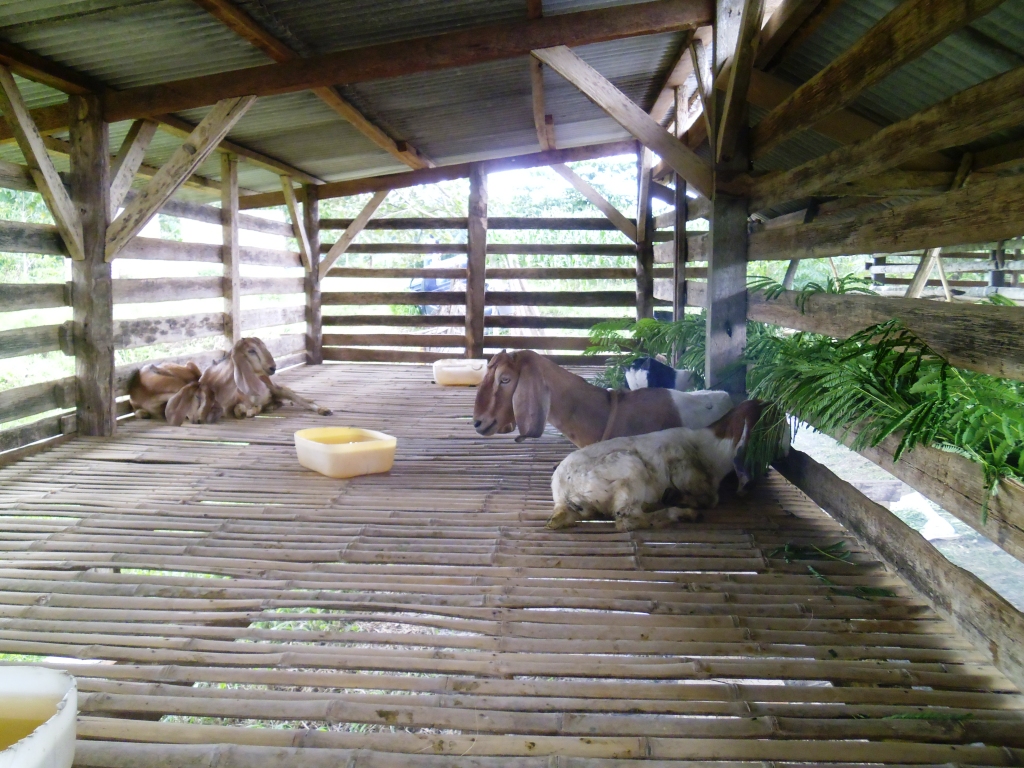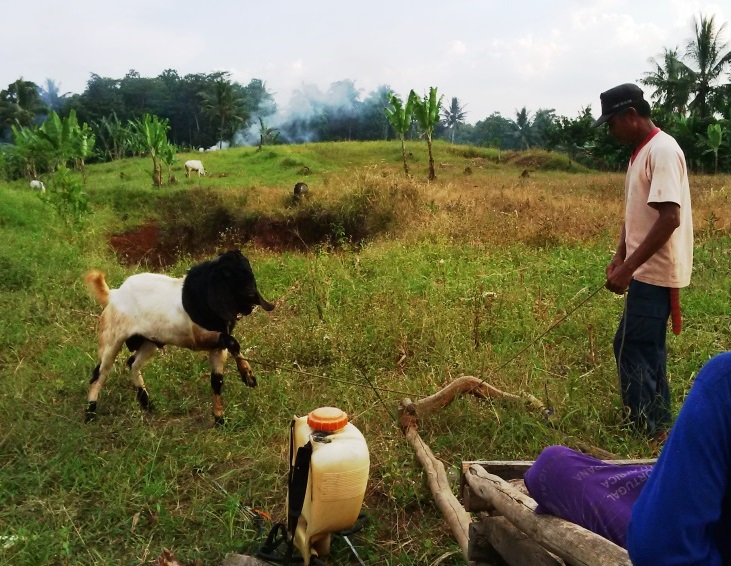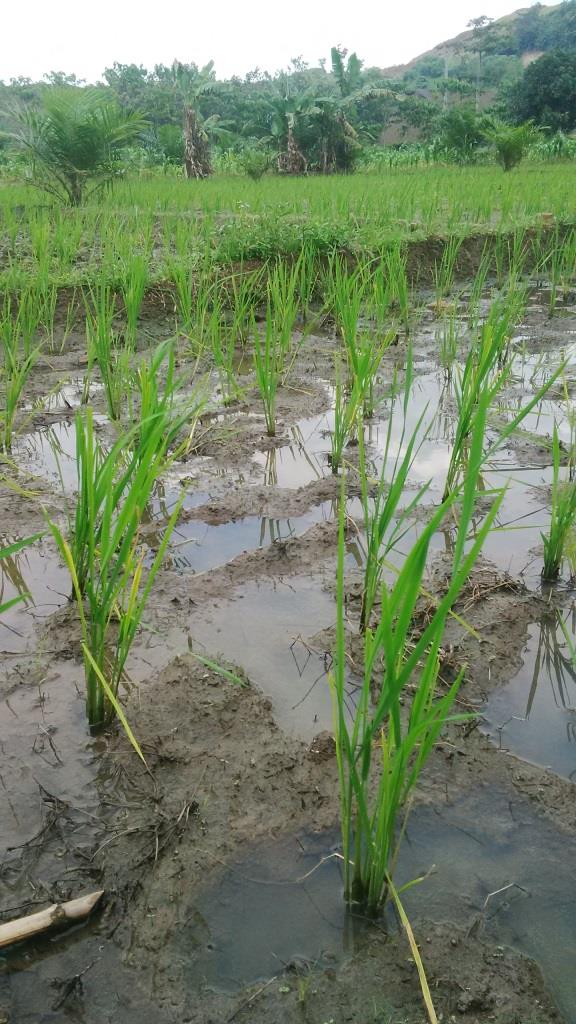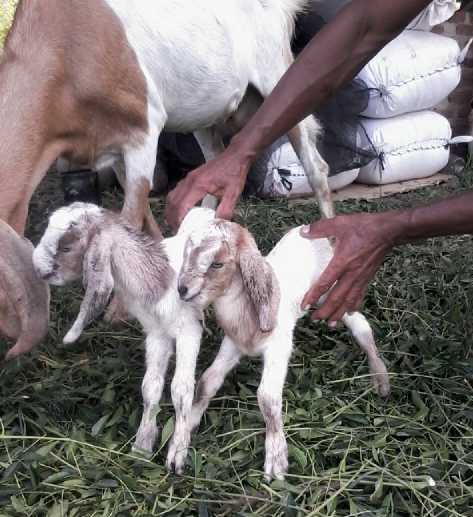Investing in agriculture
Host: Lisa Wood/ AGP Indonesia
Written by Lisa Wood – Traceability Officer, AGP.
All the things I’ve been reading over the past year about ‘investing in agriculture’ began to rub off on me. I’m a great believer in if you want something to change, you have to get involved: Be the Change you want to see in the world.
So, along those lines of thinking, I got together with one of my co-workers to create a goat feedlot. His family are local farmers and have some land, yet limited finances. Whereas I have no land, and an interest in learning how the local market works, yet nowhere near enough knowledge and although not ‘heaps’ of finance, enough that we can slowly build something.
In a country where a farmer owning five cows is considered a large herd, investing $2,000 into building some goat pens and buying some goats has not seemed to be a huge risk.
Our first hurdle was finding goats. We wanted to start fattening goats for sale at Ramadan, yet had some difficulty finding male goats. So we decided to start with female goats and make our own.
Many of the goats we bought were already pregnant, so it was simply a waiting game for the herd to grow. During this waiting time, Irvan (my business partner) put the word out that we were looking for a Billy.
I know, not a highly original name, yet in our defence, our Manager’s name is William . . . You must find your fun where you can.
Irvan found William in the next village, and we were able to walk him back through the forest of productive trees, past the quarry to our pens. This photo is taken at the halfway point and is on top of a hill. The village where we got William from is off to the left of the photo, about 1km or so down the way. Irvan grew a corn crop here, yet due to too much rain, it failed. Downhill off to the right, is the quarry, then Irvan’s Dad’s village where we have the goat pens, about 2km away.
Irvan’s Dad works at the quarry as night watchman and is fantastic with animals. Everyone in the area knows him. He is the main supervisor of the goats. The goats graze around the village and the quarry, and at the end of the day, Irvan’s Dad and his dog, go find the goats and bring them back to the pens for the night.
Along with corn, Irvan grows rice. I’ve never been in a position to watch rice growing before. It has been really interesting. Irvan did a little experiment, we took some of the slurry water from the biogas digester at Way Laga (https://www.facebook.com/media/set/?set=a.693969810721751.1073741838.351227811662621&type=3 ) and he used that as fertiliser and pesticide on one of his crops. He has noticed a distinct difference in the two crops, the one treated with the bioslurry is much greener and the rice has more body.
Interesting to note, unlike us, Indonesia has different names for rice depending what stage it’s at. In the photos above, it is called ‘padi’. When it has been harvested, yet not cooked, it is ‘beras’. Once it has been cooked, that’s when it becomes ‘nasi’.
While the rice and the corn have been growing, little goats inside tummies have been growing as well. Three of our ladies have given birth and we now have five kids, with four more of the herd yet to give birth.
Irvan would rather be farming than working in an office, yet the office offers a regular income, whereas farming can be a bit hit and miss depending on the season. This is an important distinction when raising a family. I will not be renewing my contract at the end of this year. I hope that this enterprise means that Irvan has something big enough to sustain his family while he does what he really wants to do – farm.
I was surprised to learn that we have a bit of a wild dog problem here as well. One of these babies would make a tasty snack for an ‘anging hutan’, so they have been moved to a small shed off the side of Irvan’s parents’ house. I’ve been asked if I can bring back some 1080 next time I’m in Aus. I’m not sure how I’m going to go with that request.






